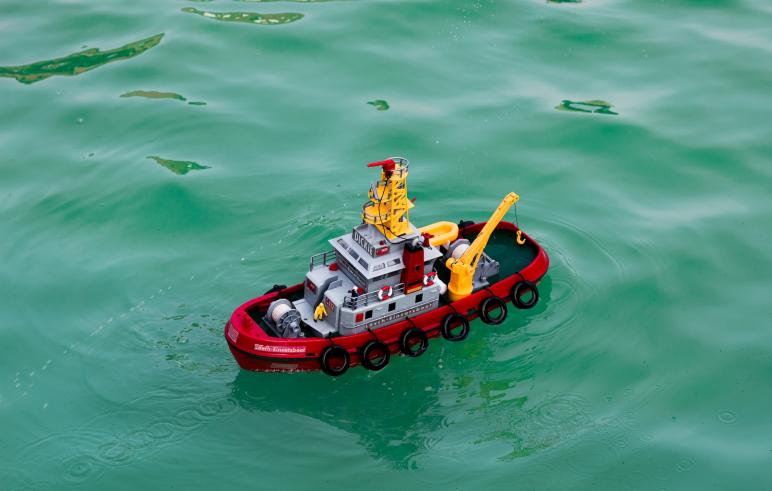
Minikube is a tool that allows you to run Kubernetes locally on your machine. It is a great tool for developers who want to test their Kubernetes applications locally before deploying them to production.
This article provides a comprehensive guide on how to install Minikube, a tool that allows you to run Kubernetes locally on your machine, on macOS, Windows, and Linux.
Installing Minikube on macOS
To install Minikube on macOS, you will need to use Homebrew. If you don't have Homebrew installed, you can install it by running the following command in your terminal:
/bin/bash -c "$(curl -fsSL https://raw.githubusercontent.com/Homebrew/install/HEAD/install.sh)"
Once you have Homebrew installed, you can install Minikube by running the following command:
brew install minikube
After the installation is complete, you can start Minikube by running the following command:
minikube start
This will start a local Kubernetes cluster on your machine.
Installing Minikube on Windows
To install Minikube on Windows, you will need to download and install the Minikube installer from the official Minikube website. Once you have downloaded the installer, run it and follow the on-screen instructions.
After the installation is complete, you can start Minikube by opening a command prompt or PowerShell window and running the following command:
minikube start
This will start a local Kubernetes cluster on your machine.
Installing Minikube on Linux
To install Minikube on Linux, you will need to download and install the Minikube binary. You can download the binary from the official Minikube website.
Once you have downloaded the binary, make it executable by running the following command:
chmod +x minikube-linux-amd64
Then, move the binary to your PATH by running the following command:
sudo mv minikube-linux-amd64 /usr/local/bin/minikube
After the binary is installed, you can start Minikube by running the following command:
minikube start
This will start a local Kubernetes cluster on your machine.
Conclusion
In this blog post, we went over how to install Minikube on macOS, Windows, and Linux. By following these steps, you can easily set up a local Kubernetes cluster on your machine and start testing your applications locally.
Photo by Ibrahim Rifath on Unsplash
Add new comment